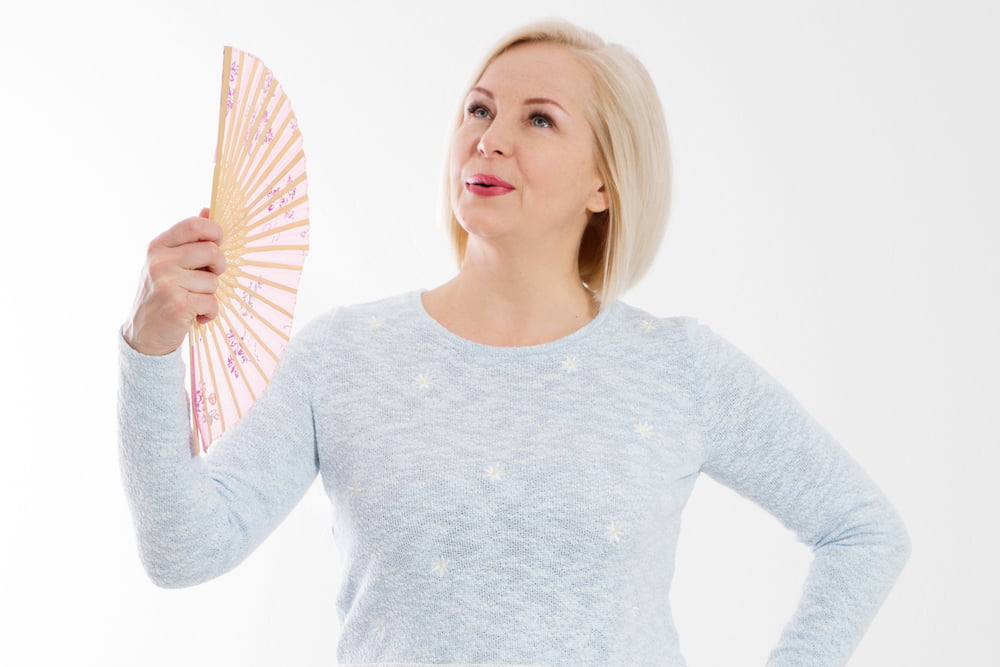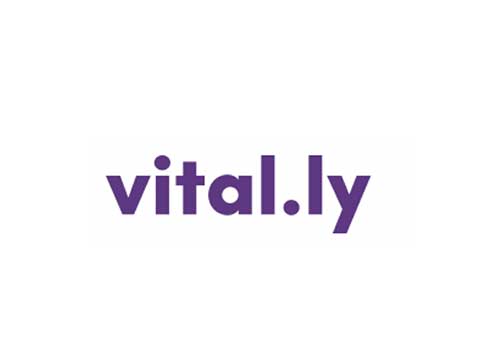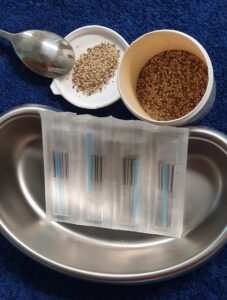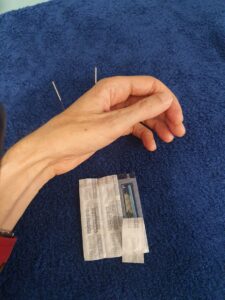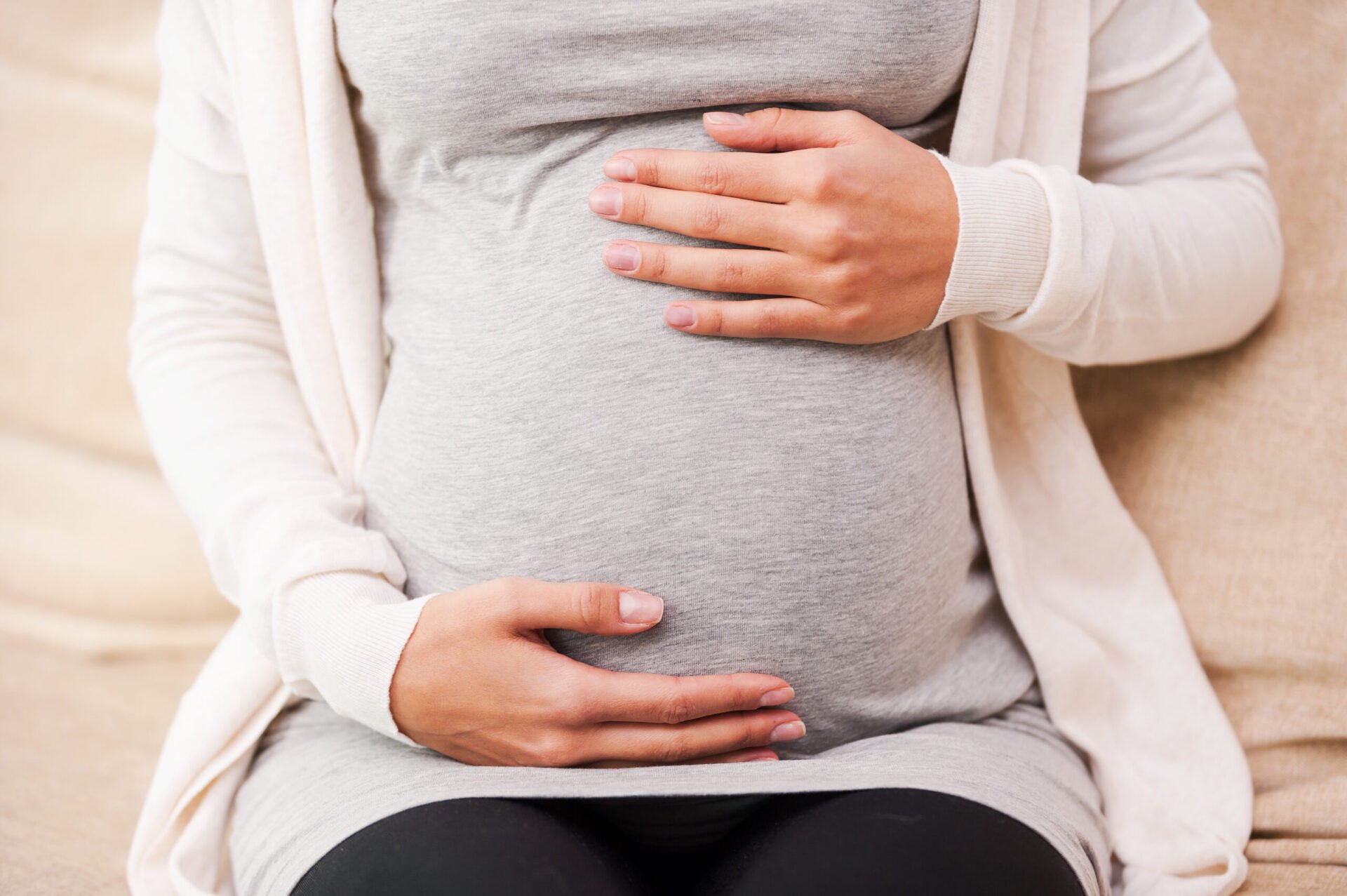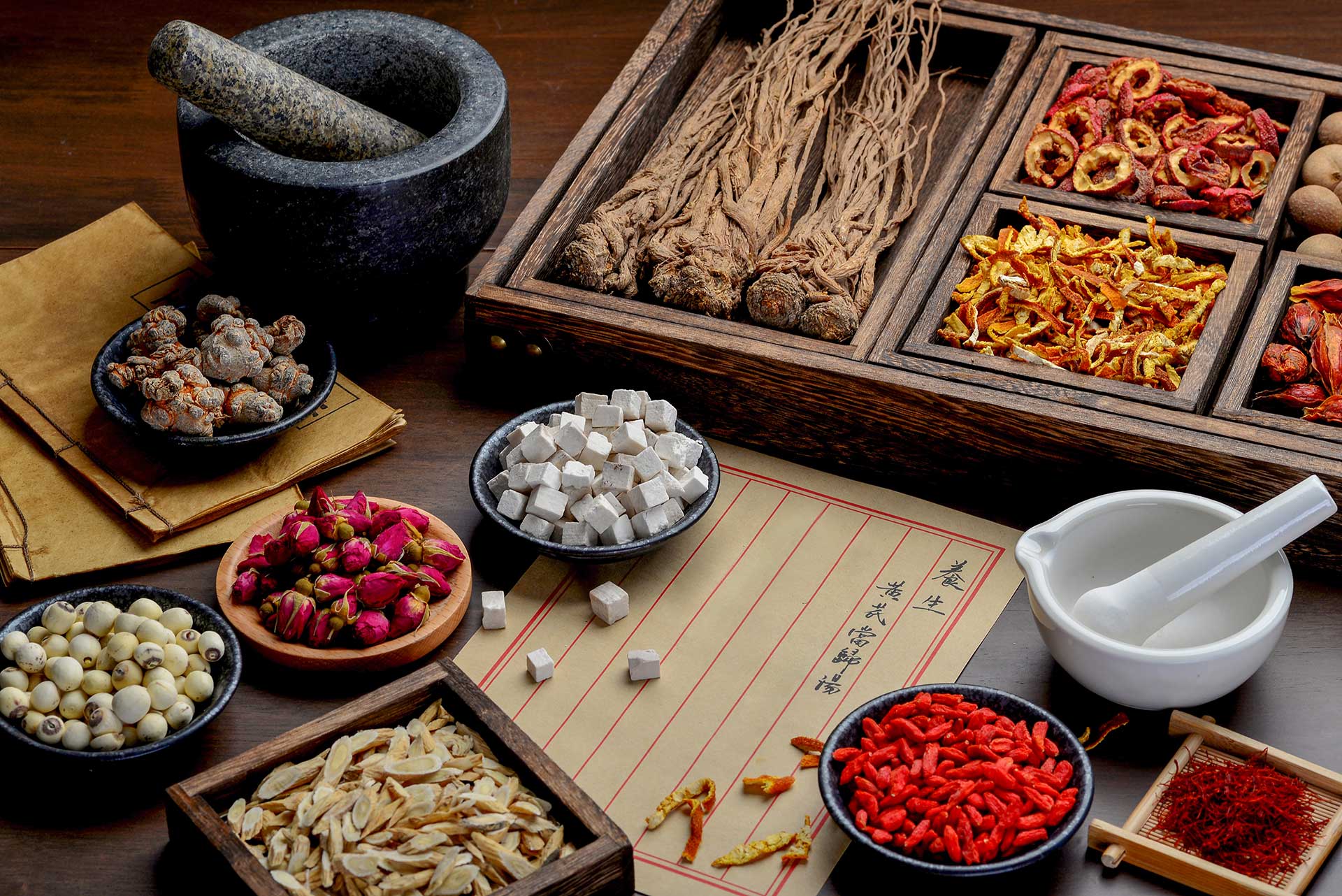31-year-old Sarah (patients name has been changed) came to see me at Almond Wellness Centre, our acupuncture Chinese medicine clinic. Sarah had been trying to get pregnant for over a year without any success and was concerned that her short menstrual cycles might be hindering her chances.
Sarah’s period was so short that she almost had two periods in one month. Her first period lasts for 5 days, normal flow with mild cramping and some PMS. She then has another period a few days later. The second “period” is light or spotting only, with clear stretching discharge and some cramping or sharp pain on the sides of lower abdomen.
I suggested her to do ovulation test and check her basal body temperature (BBT). From her BBT and ovulation history we discovered that she was not actually having two periods in one month, but was experiencing ovulation bleeding instead.
So, what is ovulation bleeding?
Ovulation bleeding is light bleeding or spotting that occurs during ovulation.
The exact cause of ovulation bleeding is not clear, but it is thought to be related to changes in hormone levels that occur during ovulation. The surge in estrogen and luteinizing hormone that triggers ovulation can cause some women to experience spotting or light bleeding.
Ovulation bleeding is generally not a concern; however, it may affect chances of getting pregnant. For instance, Sarah thought that she was having period. She avoided having intercourse during that period time, therefore missed her fertile windows and had difficulty to get pregnant.
Chinese medicine and ovulation bleeding
In Chinese medicine, ovulation bleeding is seen as a sign of disharmony in the body’s energy, or qi. This disharmony can be caused by a variety of factors, including stress, poor diet, and hormonal imbalances. A Chinese medicine practitioner will work to identify the root cause of the problem and develop a customized treatment plan. Treatment include acupuncture and/or Chinese herbal medicine to help regulate hormone levels and improve overall reproductive health. In addition, dietary and lifestyle changes may be recommended to support your overall health and improve your chances of getting pregnant.
Because Sarah was avoiding intercourse during her bleeding time, she was actually missing her fertile windows, which made it more difficult for her to conceive. We gave her acupuncture and Chinese herbal medicine treatments, as well as other advice, her period became more regular and her ovulation bleeding stopped. She could time it right – having intercourse during her fertile windows. A few months later Sarah successfully became pregnant, much to her delight and relief.
So, if you are experiencing two periods in one month, with light flow or unusual spotting or discharge, you may actually be experiencing ovulation bleeding. Don’t let ovulation bleeding or any other menstrual irregularities get in the way of your dreams of becoming pregnant. With the right treatment and care, you can improve your chances of conception and start your journey towards motherhood.



